How to Start a Junk Removal Business in 11 Steps
February 12, 2024
February 12, 2024

Do you like physical work and driving around? Maybe starting a junk removal business is right for you.
Kyle Landwehr started Slam Dunkin Junk and The Junk Academy three years ago. Now he’s making $200K to $300K every month to haul away junk—and teach people how to start a junk removal business of their own.
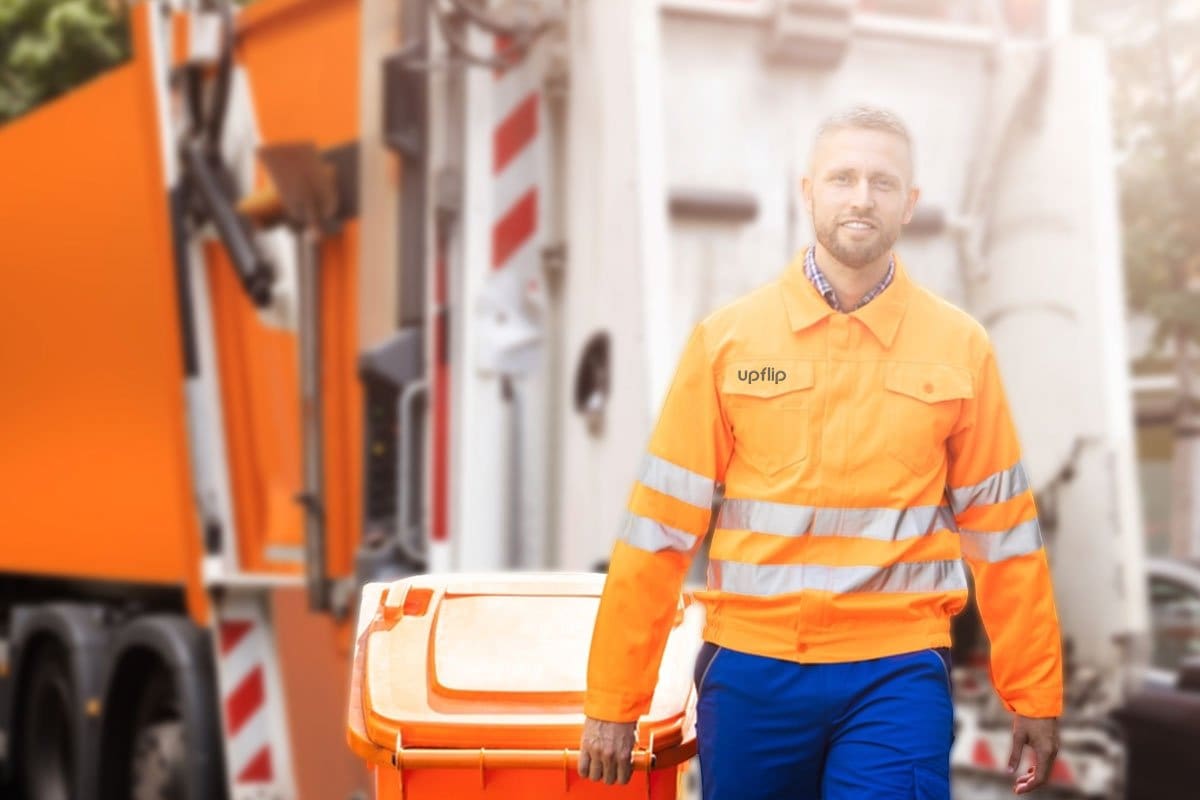
A junk removal business focuses on removing unwanted furniture, appliances, and other items from residences and businesses. It also includes garbage collection, and you may hear it referred to as the waste removal industry.
It’s physical work, and it’s possible to injure yourself. Kyle shared:
He also explained that his injury got him into real estate. Listen to the interview below to find out how:
You should understand the junk removal industry before you enter it. Some of the important questions you should ask before you start a junk removal company include:
The amount of money you need to start a junk removal business will depend on the business’s location (due to cost of living) and the materials you already own.
The items you’ll need to start a junk removal business include:
• A truck: $1,000 to $90,000
• Limited liability company (LLC): Under $1,000
• Business license: Under $1,000
• Business insurance: $1,000 to $10,000
• Dolly: $200
• Trash bags: $25
• Reciprocating saw: $300
• Safety equipment: $100
• Website: $1,200 per year
That means you can start a junk removal business for as little as $4,325 or as much as $102,325. Kyle told us:
According to IBISWorld, there are 8,607 companies in the junk removal industry. They make a combined $73.7B, or $8.6M each. Kyle told us he makes $200K to $300K a month as a junk removal company owner.
Yes. The gross profit margin is 32.74%, while the junk removal profit margins come out to 7.29% after after taxes, bonuses, and all other costs. This is based on data from 62 publicly held companies.
Kyle told us:
The salary for working as an operations manager is around $75,000 annually for waste removal companies. This is nearly $18,000 less than other operations managers. When you run an S-Corp, you will need to use that as your wages and any profit you can pay as dividends.

For your company to be a profitable business, make sure to write a business plan.
You’ll want to include:
Check out our interview with Mike Andes to learn how to write a business plan. You can refer to our business plan writing guide as well.
Kyle told us:
A distinctive and memorable brand for your service-based business sets you apart from competitors and establishes a reputation for your enterprise. Your brand relies on two main elements: your business name and logo.
First, select a junk removal business name that draws in customers and conveys a strong message about your services. Make sure it’s not already taken in your service area and online.
Next, craft a logo for your junk removal service. You have the option to hire a designer for assistance, or you can create one yourself using an online logo creator such as Canva.
You’ll want to register your business with your state. Kyle and most other business owners recommend structuring your business as an LLC, but there are plenty of other structures. Learn more about the business registration requirements and process in our business registration guide.
The cost of registering on the Secretary of State website varies from state to state. To give you an idea of the cost, Kyle said he paid $300 for his LLC in St. Louis.
You’ll also need an Employer Identification Number from the IRS.
A junk removal business may need local or county licenses. Check with your local government’s business office to see what is required in your state.

You may need special licenses and permits for waste removal if you collect hazardous waste or do construction tasks like demolition (which Kyle offers in addition to junk removal services). He also told us:
Your local business office will be able to help you establish what business licenses you need.
A junk removal business needs a small business bank account before it offers junk removal services. The business bank account should have low fees and high interest rates on savings accounts. Keeping your finances separate will be helpful when tax season arrives.
You’ll also need junk removal business insurance. A junk removal company will need commercial auto insurance and general liability insurance at a minimum, but you might want more extensive business insurance, like a business owner’s policy (BOP). Learn more in our business insurance guide.
A BOP covers general liability, property damage, and unexpected shutdowns, plus has riders for other policies. We suggest contacting Simply Business to get quotes from multiple insurance companies.
For added financial management, consider enlisting the services of a bookkeeper or accountant. They can oversee business income and expenditures, handle bills and payroll, generate and dispatch invoices, and maintain the financial health of your business.
Getting paid for removing junk is nice, but junk removal business owners need to make a profit. That means you need to cover your labor, materials, and overhead costs. To achieve this, it’s essential to develop a pricing strategy for your waste removal business:
Once you’ve established your junk removal business pricing, you’ll want to create a junk removal price sheet.

Junk removal businesses need a variety of tools, equipment, and software to run successfully.
We’ve got you covered! Get all the supplies you need as a junk removal business owner from the UpFlip Junk Removal Store, or check out the list of tools you need for junk removal jobs below.
Junk removal businesses need the following:
Author’s Note: Hauling away a ton (2,000 pounds) of air conditioners can make you around $2,000, based on my time working in HVAC.
You might want other tools including:
Next, find out how to market your junk disposal company.
When you start a junk removal business, you’ll need to build a name for yourself. To market yourself, you should:
Social media is a powerhouse for all forms of service businesses. Kyle told us:
Junk removal businesses should:
Kyle also explained that Instagram is better for marketing his junk removal coaching business.
You’ll need to find customers who need junk disposal services. There are a lot of ways to help people find you when they need help. Kyle discussed where you can find potential customers:
Business software is necessary to help potential customers find your business and manage all the jobs.
The main requirements you are looking for in software include a website, email and text automation, quotes, invoicing, and a customer relationship management system.
Many junk removal businesses use either Jobber or Housecall Pro, which offer all of the services above. Based on testing both for blogs, I like Housecall Pro’s functionality better.
Quote prices
Once you have gotten leads, Kyle said that you’ll want to go to the person’s residence or business location so you can see the extent of the junk haul-off. There, you’ll examine what you need to remove and provide an estimate. If you’re in the junk removal truck, you might even be able to haul the junk immediately.
You should also provide a business card so they can contact you if they don’t want the junk removed immediately.
In addition to offering home and office junk removal, Kyle suggested the following services:

When it’s time to collect the junk, you’ll go to the customer’s location and put it in the truck or scrap trailer. Removal time will depend on the number of items, ease of getting to them, and other tasks you need to do.
When you are done, you’ll want to get paid for junk removal. You might also want to provide junk removal business cards because the waste removal industry doesn’t get much repeat business, but business cards could help you get referrals.
Finally, you’ll take the junk to the dump, a recycling yard, or somewhere that you can repair it. When there are things you can recycle or repair, you can commonly make some extra money when you have slow periods.
When you start a junk removal company, you’ll want to find ways to expand it. Kyle told us:
You could recycle or repair appliances to make extra money, too. As your business grows, you could also franchise your business to help other people get started quicker.
Kyle explained:
If you don’t want to work with friends, learn about hiring employees from a recruiter.
Establishing and documenting systems and policies for your business can make it run smoother, even in your absence.
Junk removal pros normally charge a minimum pickup fee of $50 to $150, and larger jobs may cost a minimum of $100 to $450. If customers rent dumpsters, those may cost $30 to $285 per day.
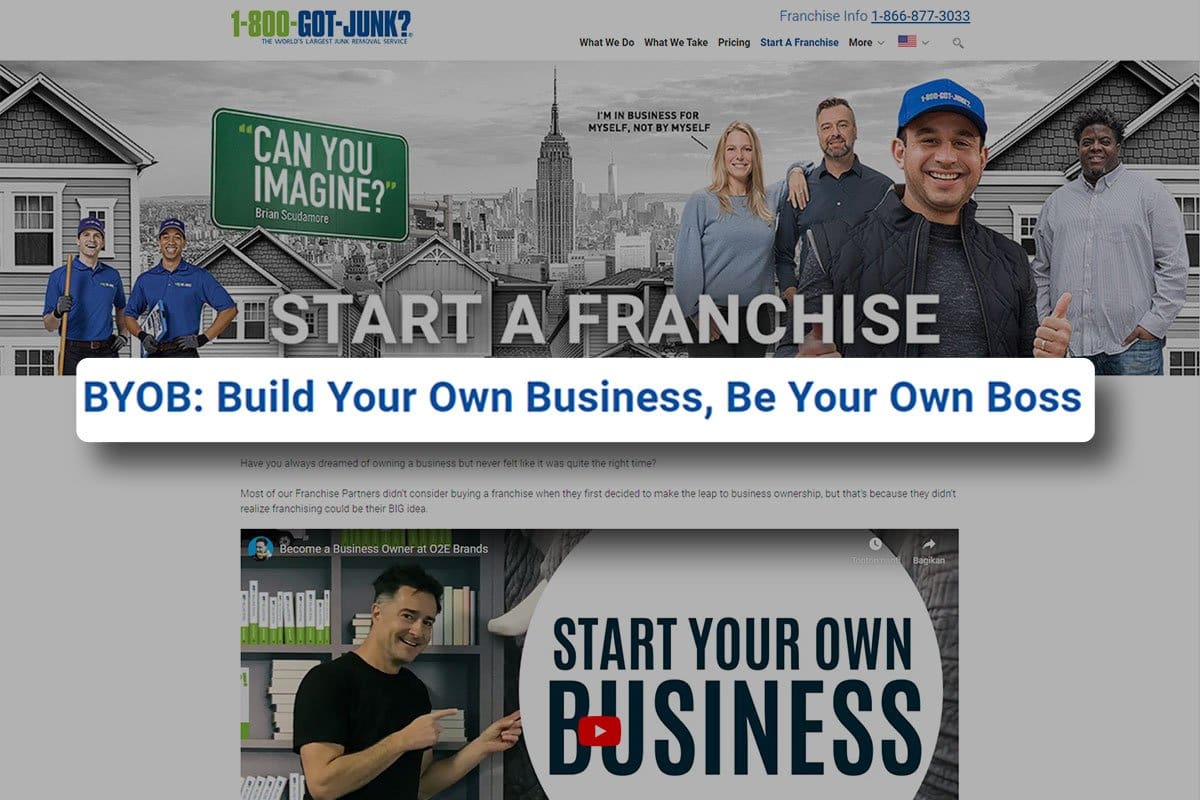
Yes, you can buy a junk removal franchise. Some of the common junk removal franchises are:
Learn about other junk collector franchises.
Whether you want to start a junk removal side hustle, buy a franchise, or start your own business, we’ve covered every aspect of entering the junk removal business as an entrepreneur.
It’s up to you to get started. What kind of junk removal will you do?
Brandon Boushy
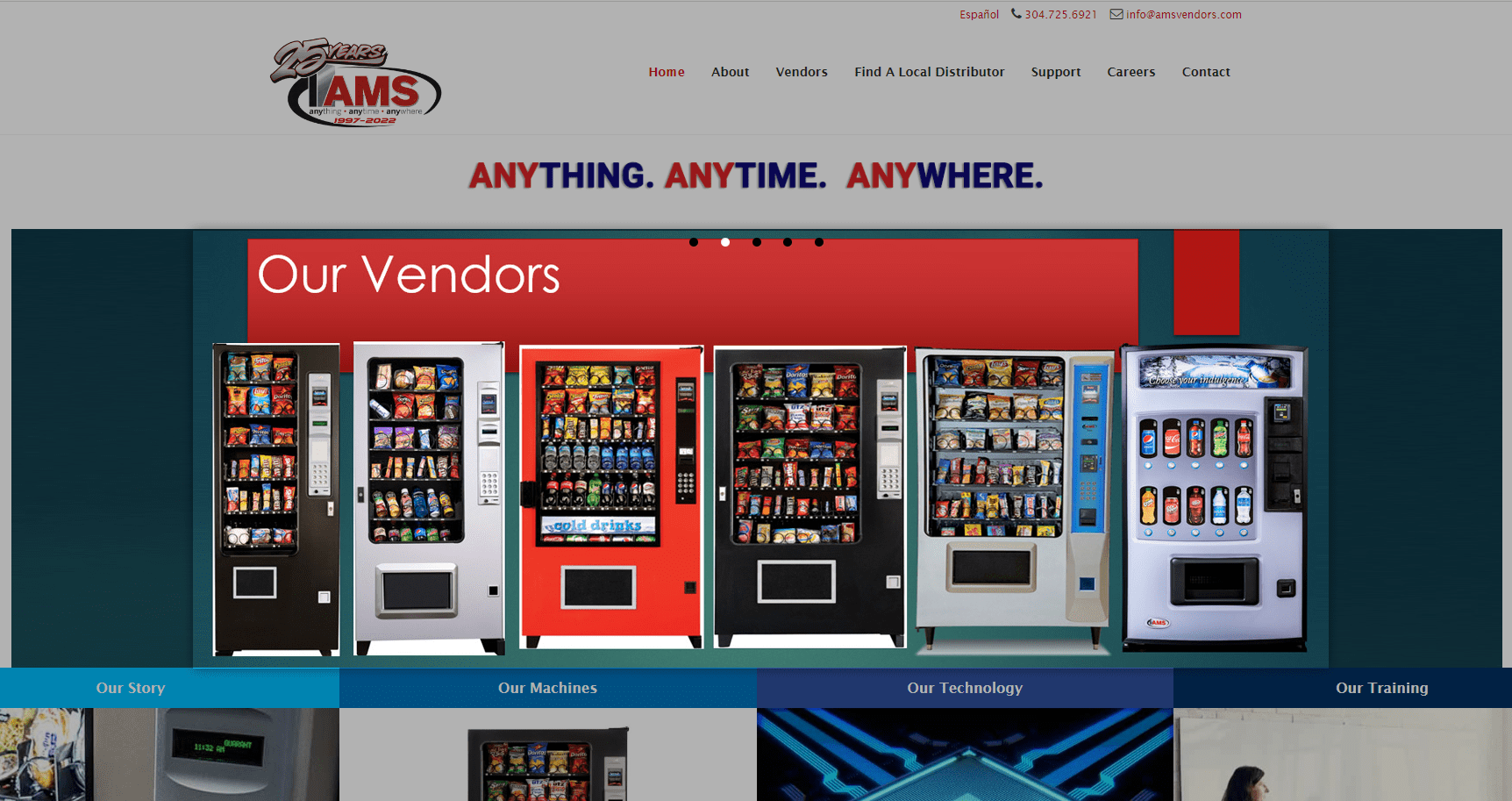 Adam explained that you should stick with one to two vendors. He went on to explain why:
[su_quote]You need your parts to be interchangeable to be profitable.[/su_quote]
This is critical because there are hundreds of parts in your typical snack or soda vending machines. Some commonly replaced vending machine parts are bill changers, coin validators, and refrigeration racks.
He also shared his favorite brands with us:
[su_quote]AMS and Vendo are by far the best machines I’ve used.[/su_quote]
When possible, we’ll use links to these brands because we want your vending business to be prepared for success.
Adam explained that you should stick with one to two vendors. He went on to explain why:
[su_quote]You need your parts to be interchangeable to be profitable.[/su_quote]
This is critical because there are hundreds of parts in your typical snack or soda vending machines. Some commonly replaced vending machine parts are bill changers, coin validators, and refrigeration racks.
He also shared his favorite brands with us:
[su_quote]AMS and Vendo are by far the best machines I’ve used.[/su_quote]
When possible, we’ll use links to these brands because we want your vending business to be prepared for success.
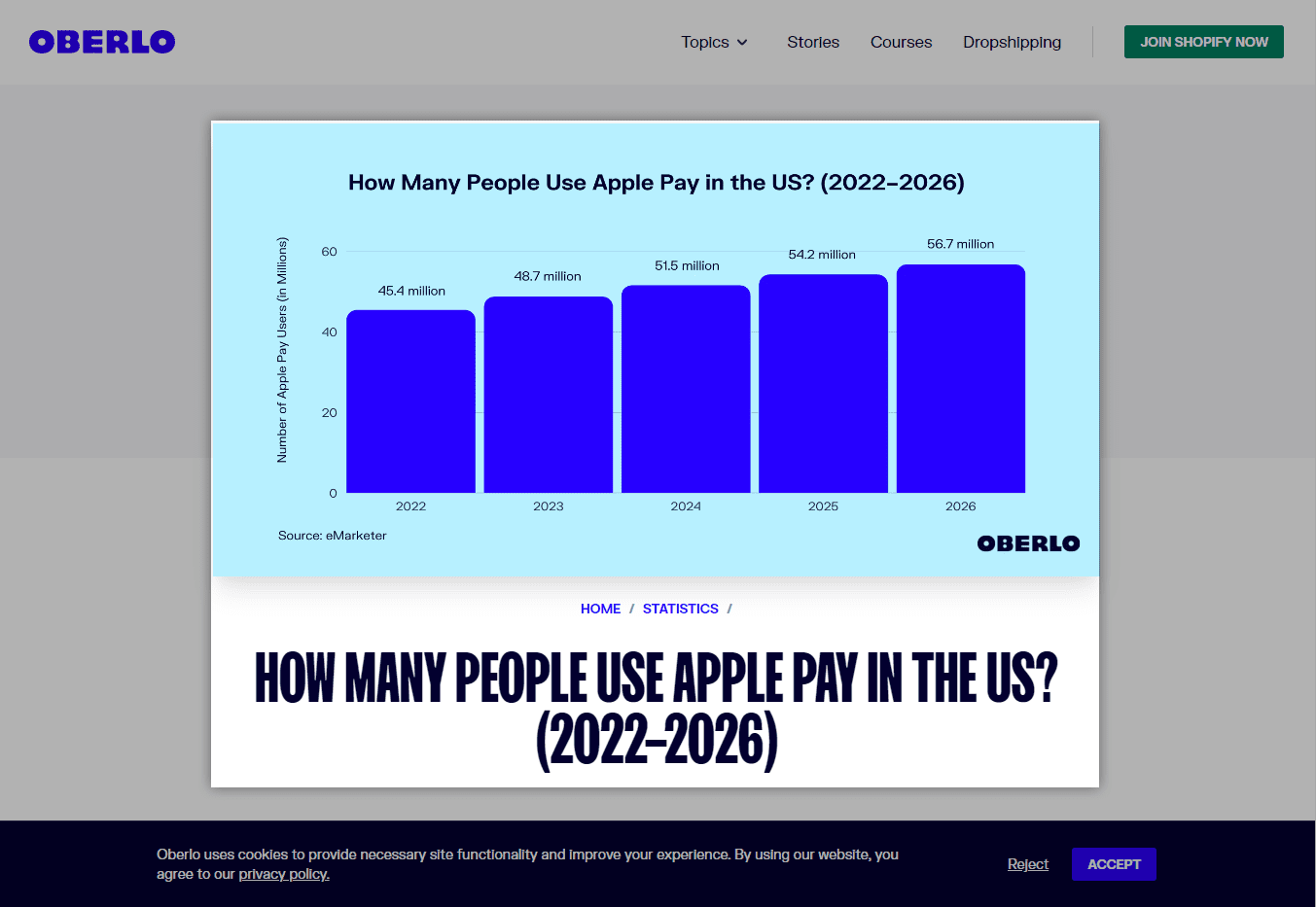 Adam explained other key features that you should look for when buying vending machines. If they don’t have these features, you’ll have to upgrade the machines or risk losing money.
Adam explained other key features that you should look for when buying vending machines. If they don’t have these features, you’ll have to upgrade the machines or risk losing money.
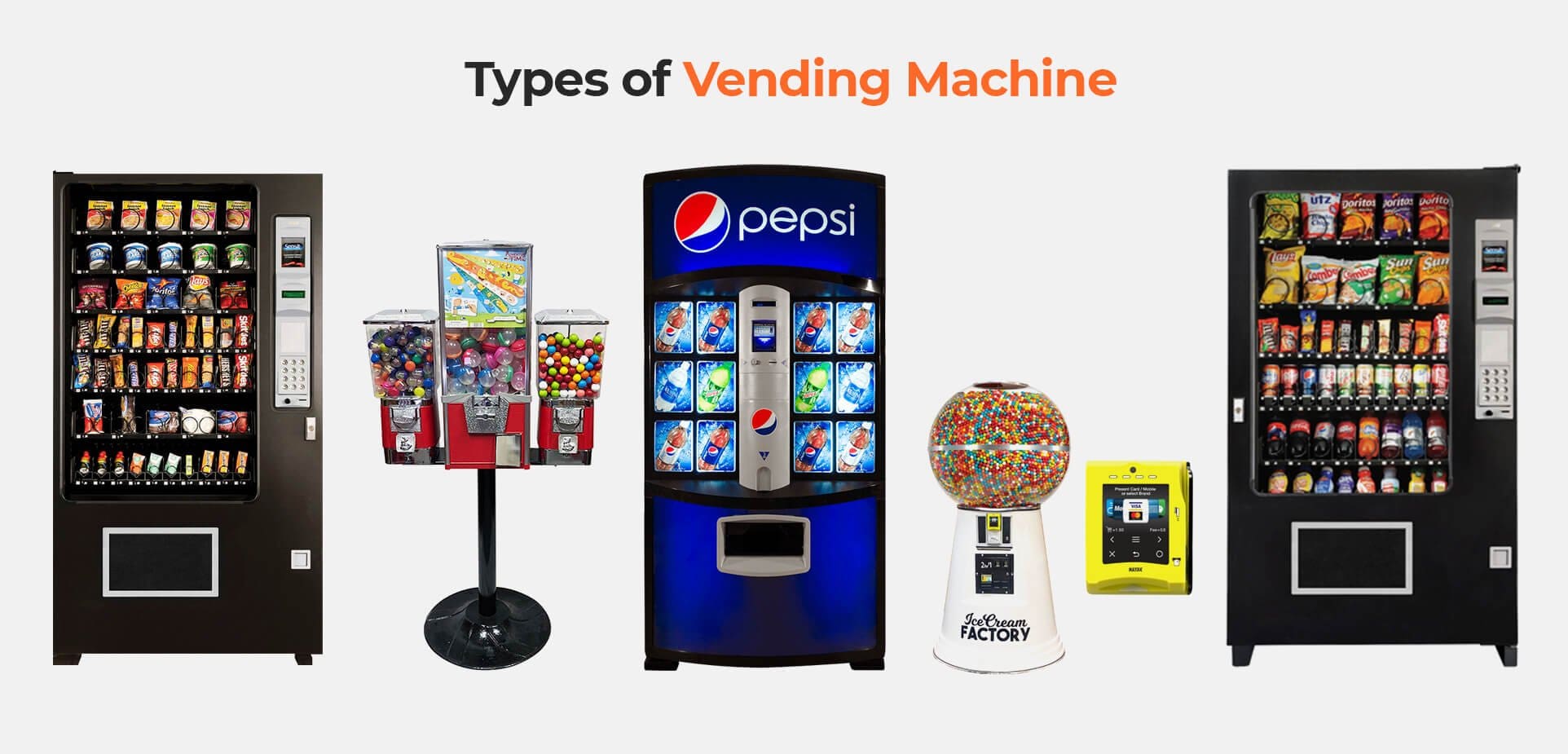 Another major consideration for the selection of vending machines is what you’ll stock in the vending machines you operate. Companies have a large selection of products to offer while operating a vending machine business. Adam told us:
[su_quote]I mostly sell food, but I have one cigarette machine.[/su_quote]
We’ve created a list of common types of vending machines for sale to help you get started selling.
Another major consideration for the selection of vending machines is what you’ll stock in the vending machines you operate. Companies have a large selection of products to offer while operating a vending machine business. Adam told us:
[su_quote]I mostly sell food, but I have one cigarette machine.[/su_quote]
We’ve created a list of common types of vending machines for sale to help you get started selling.
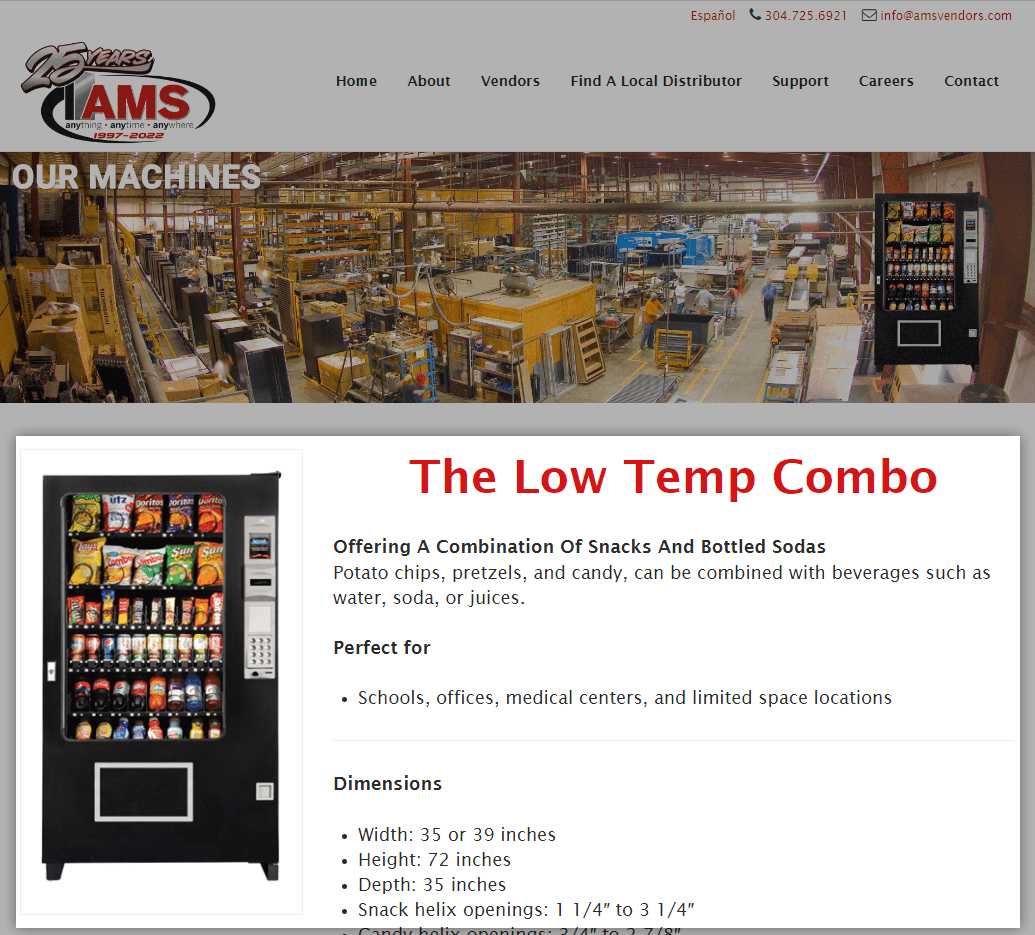 Want to offer a full line of snacks and drinks? Consider combo machines like the AMS Cold Temp Combo. You’ll be able to hold three rows of snacks and 96 20-ounce bottles making a combo machine a one-stop-shop. The G-Snack vendors from Vendo are machines vending snacks and beverages.
Want to offer a full line of snacks and drinks? Consider combo machines like the AMS Cold Temp Combo. You’ll be able to hold three rows of snacks and 96 20-ounce bottles making a combo machine a one-stop-shop. The G-Snack vendors from Vendo are machines vending snacks and beverages.
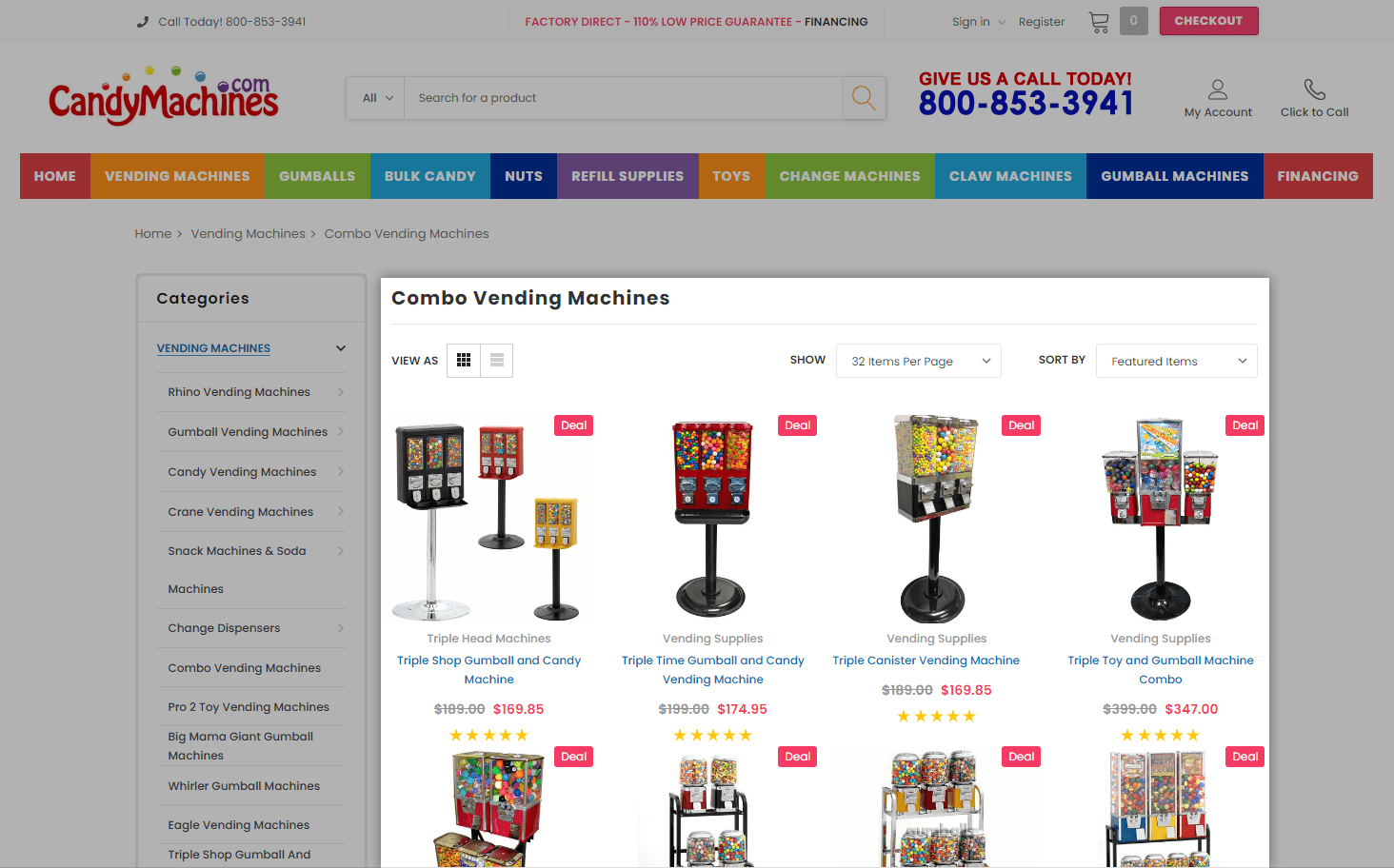 These machines are great for selling handfuls of candy like M&Ms, a snack like nuts, or even small toys and stickers. You can buy Selectivend bulk machines from Sams Club for $240 each or a variety of machines ranging from $170 to $2,400 from CandyMachines.com.
These machines are great for selling handfuls of candy like M&Ms, a snack like nuts, or even small toys and stickers. You can buy Selectivend bulk machines from Sams Club for $240 each or a variety of machines ranging from $170 to $2,400 from CandyMachines.com.
Have you ever wondered how to start a clothing brand? Starting a clothing line business only requires a little investment and some technical skills. You can start a clothing business and make a great living. We’ll show you how.
[su_note note_color="#dbeafc"] Read our guide from start to finish or click any of the links below to jump straight to the section you need to know about right now.
Marcus Harvey turned his love for Portland, Oregon, into a hometown clothing brand called Portland Gear. He started screen printing in college to make some extra money but stopped to take on his first job.
On Thanksgiving of 2014, he designed two shirts, posted them on Instagram, and sold $5K worth on the first day. Six years later, Portland Gear is making over $100K a month.
Marcus took the time to explain how to start a clothing brand. He gave us a ton of great advice about how to start your own clothing brand that we’ll include while providing a step-by-step guide to start a clothing brand.

Starting a clothing brand is part art and part business. You’ll want to follow this 11-step process to start a clothing line.
Get ready to learn how to make your own clothing brand.
You don’t have to attend school to succeed in the fashion business. You can learn almost everything you need to about fashion brands online. While you can start a clothing brand without a formal education, many people find they benefit from the structured learning environment that comes with enrolling in some official courses.
Attending live in-person courses comes with access to networking opportunities, insights from an experienced fashion designer, and specialized resources and tools.
Educational institutions around the country and the world provide fashion design and small business programs that teach their students how to start successful clothing lines. Renowned schools like Parsons in New York and Central Saint Martins in the UK are globally recognized for their exceptional fashion education.
For those with more determination than resources or time, there are online courses from successful clothing line professionals including Marc Jacobs’ MasterClass and Maker’s Row Academy.
You can even use Udemy for accessible and flexible learning opportunities.
A clothing brand business owner may need skills in the following:
Let’s dig deeper into each of these to see how they impact a clothing brand.
Every fashion brand needs a designer. This is the person who takes the idea and makes it a reality.
A fashion designer will typically include several steps in the design process. The steps to design your own clothing brand include:
This process is called product development and is used consistently in the fashion business. Managing product development is one of the keys to a successful clothing company. Without a controlled design and development process, a company may fail or tarnish its brand identity.
I’m not going to go into all the details of each as these are highly technical fields, but there are a ton of great resources on how to design clothes. Here are some useful resources to consider:
Pro Tip: I have a client who is in the process of starting their own clothing brand and have personally used Printful to help clients meet their print-on-demand needs. Their software helps you with all steps involved in creating clothing designs, making it easier to start building your fashion brand company and selling your designs to potential customers through an online store.
The next skill you need to develop is familiarity with the technology aspect of the industry. Paying a developer to help start your eCommerce store can be expensive. I’ve seen people spend $25K and not get what they want. It’s important to understand the technology aspect before you start.
Technology that will need to be used includes:
Decisions around what tech you’ll use are crucial when trying to figure out how to start a clothing brand because the costs are much lower to run an eCommerce store with production from a print-on-demand company that handles the printing and shipping of the items you design than sourcing our own designs from a manufacturer.
Most tech companies offer free or low-cost tutorials on how to use their software. Make sure to use them. They were built to help you make the most of their offerings.

Your clothing business will need production, which can be done through a manufacturing partner, or you can print your own t-shirts and other apparel products. If you are going to take on the production, you’ll need to learn how to use the different types of machines.
Some techniques you might need to learn include:
The best way to learn these techniques is hands-on, which means purchasing your own machines or finding a manufacturing partner who will teach you. I’d like to remind you that drop-shipping companies reduce much of this workload. Once you’ve built the business up, learning to do it can save you some money, but production costs quickly increase the upfront costs to start a clothing brand.
Business skills encompass a wide range of essential tasks including accounting, pricing, shipping, and managing inventory. To educate yourself on all of these would require a lifetime of learning. We’ve provided a list of useful resources for leveling up your fashion business skills.
Pro Tip: You can also use YouTube videos to learn almost anything these days.

Starting a clothing brand has many of the same considerations as any new small business, including establishing how much money you’ll need, when to get financing, and planning for legal, financial, marketing, production, and distribution of the clothing—all of which we recommend including in your business plan.
Marcus told us,
[su_quote]We started by setting up at Portland events in our old Volkswagen van and expanded from there.[/su_quote]
Meanwhile, the owner of Urbanity started his successful clothing boutique by writing a 100-page business plan and getting a small business loan at 22.
The most important consideration when you start a clothing brand is how you’ll produce your clothes brand. These are the main ways that designer brands produce their clothing:
Now that you know different clothing brand business models, let’s discuss how much creating a clothing brand costs.
Once you’ve come up with some ideas, clothing brand costs need to be estimated. Most clothing line owners self-fund, but that may be impractical if you are manufacturing in bulk. You’ll probably want a couple thousand dollars to start a clothing brand. Still, minimum order quantities from some businesses can mean buying $30K+ in inventory, which will dramatically increase your costs.

If you’re wondering how to start your own brand of clothing, you need to pay attention to trends in the fashion industry. At the same time, you have to maintain a consistent brand identity.
Understanding the seasonal and annual trends in clothing design will help you stay relevant. Depending on the time it takes to create a line, manufacture it, and promote it, you may need to think one to three seasons ahead to stay on track with seasonal changes. There are tools to help you predict trends, too.
Alternatively, you can try to find evergreen designs that people are always buying, like plaid, which can be traced back to as far as the eighth century B.C.
Next, we’ll discuss how to create a clothing brand identity.
Making a clothing brand is more than a logo and your name. It’s about something bigger than a collection of clothing items. It’s about your values, how you’ll make lives better, your standards, your lifestyle, the colors, fonts, and fabrics you use, and more.
Once you’ve defined what makes your clothing brand unique, create a brand guide that will help you make decisions as you launch and grow the brand.
Pro Tip: Need some inspiration as you make clothing brand decisions? Check out our handpicked boutique name ideas for 2024.
Your business name is often the first thing your target market will see. It will communicate what the brand is all about and you’ll use it to make your logo, too. There are a ton of ways to name a clothing business. Some fashion designers use names that:
Your business name should be one that makes it easy to convey your brand story. Unless you’re already an established brand, you’ll want every advantage you can get when communicating with your target audience.
Try out our clothing brand name generator to find inspiration. Once you find a clothing brand name you like, just click on it to find out if the domain name is available. Learn more about naming a clothing brand.
A crucial portion of successfully starting a fashion business is managing its financial aspects. Marcus emphasized the benefits of starting small:
[su_quote]You get quantity discounts the more of the same item you buy, so it’s better to start small than have 100 different products.[/su_quote]
He typically aims for a 65% margin on the apparel.
You may need some extra funds to start your clothing brand. To find banks that work with small businesses, use this resource.
Let’s look at some tricks you can use to help your clothing brand become profitable.
Almost every bank offers business checking and savings accounts. Which one will work best for you depends on how you do business.
If all business is by card and you don’t need a branch nearby, online banks typically pay better interest, but going with the big players like Chase or Wells Fargo means you get a ton of support. Here are some of the most highly recommended business banking accounts:
Pro Tip: Investopedia gives a more thorough review of each of these accounts. Ultimately, the interest offered by online banks tends to be significant and the absence of a bank building won’t be a problem unless you need to deposit cash.
The last time I took the time to review payment processors, they all seem to be basically the same unless you are doing hundreds of thousands of transactions. That being said, there are some new players on the market due to the changes in the financial markets brought on by cryptocurrency. The primary players in this field are:

A budget is the most important tool you can use in business. Without it, your clothing brand might not make it through the first few years.
Marcus encourages you to “know your margins, reinvest in your business, and grow responsibly.”
Starting a clothing brand doesn’t cost a fortune. The initial investment in owning a clothing brand can be less than $1,000.
Marcus suggests beginners use:
Common funding paths include:
The Small Business Administration (SBA) offers free courses on funding programs. For info on using personal funds to start a business, check out this article from The Hartford.
Alternative sources of funding include:
Click on the link to find a list of the best offerings in each group.
How you price your clothing brand will impact how people view it. If your prices are too high, they’ll go elsewhere. Too low, and you’ll lose money. Based on the rules of thumb presented by Marcus in his interview,
[su_quote]Use a 65% markup, or half that if wholesale. T-shirts are typically $28, hats $35, and hoodies just under $70.[/su_quote]
Shops will often sell their products or services for a lower price to bring in new customers. Be careful doing this. If you sell your clothing for a discount and they tell others, you might have to sell more clothing for the same price. People love a good deal! Just make sure it is sustainable for your clothing brand, or the “expiration date” is clear.
Marcus told us,
[su_quote]You can go buy bargain basement t-shirts for $10, but I’m selling a brand, not clothing. I feel like $25 is really where people have to think about buying a t-shirt. If they have to think about buying it, they are more likely to wear it.[/su_quote]
Inflation occurs every year. To keep your business running, raise your prices 5% per year. It gives you room to increase wages and to make some extra money. Makes sense, right?
All but five states and some cities (or counties) require sales tax. You can find a guide on applying for sales tax on TaxJar. After you register to pay sales taxes, you will need to keep track of the sales to pay them according to state laws.
Pro Tip: I highly recommend speaking with an accountant who specializes in taxes to help you comply with your business’s unique needs.

You’ll need some insurance depending on what kind of a business you are running. For example, you’ll need unemployment insurance and workers compensation if you have employees.
You may also want a general liability policy and cybersecurity insurance to protect against unforeseen events that could cause your clothing brand business substantial losses.
You’re ready to start a clothing brand. You have clothes to sell, but no clients! How are you going to let people know about your clothing items?
Marketing is crucial for clothing businesses.
From a marketing standpoint, Marcus uses several strategies that he would suggest.

Marketing is about going where your target audience is to help them become aware of your clothing brand and turning awareness into purchasing. Marketing can be done both online and through other channels.
You’ll need to be familiar with the largest three places where you can reach your clothing brand’s customers:
Each of these has a ton of resources to educate people on how to reach your target market with their products for businesses. Make sure to familiarize yourself with them; otherwise, you’ll be operating in the dark and wasting a lot of money.
Pro Tip: Portland Gear only spends about $500 a month on advertising because they already had a built-in following from their Portland Instagram page. They also use a super cool 1973 VW Westfalia to do pop-up shops around Portland, which we’ll discuss in a bit...
When you start a clothing company, how you source materials for your fashion brand will create different challenges based on the business model you choose.
With a print-on-demand model, you’ll be constrained by the materials and manufacturing capabilities of each of the providers. Meanwhile, with handmade clothing and limited runs, you probably want to focus on ordering materials from online stores located in the U.S. or local craft shops where you can see and feel the materials before you buy them.
When your business model involves creating larger batches, it gets far more complicated because the materials have shipping costs that are incurred when they are shipped to the clothing manufacturer facility, then the manufactured product has to be shipped to you (or your clients). Every time you have shipping during the manufacturing process, there is a potential for the business model to experience additional costs in the form of tariffs and mileage charges.
True Story: I knew a clothing business owner who ordered a single roll of fabric from China as an expedited order. The shipping ended up costing almost 20 times the fabric cost and guaranteed that the batch he was designing would be a loss. It was a tough mistake to make, especially before the company made any revenue. Sign up for our UpFlip Mentorship program to get advice and avoid costly mistakes.
Starting a clothing brand is a lot of work.
I reached out to the friend of mine who owns Cryptolids.com, which has helped 26 web3 companies launch their clothing business this year. He told us:
[su_quote]I spend about 40 to 60 hours on a full store build including all front end and back end creation as well as mocking up merch for up to 50 t-shirts, hats, and other products.[/su_quote]
He does this every day, so he is super fast at designing a t-shirt or hat design and adding it to an online store. My takeaway: Expect to spend at least two to three hours per product until you get used to all the design work for your own clothing brand.
Custom designs that don’t use standardized t-shirts and hats could take even longer. Project Runway contestants, for example, normally spend one to two days creating each piece on the reality TV show, while a discussion about fashion industry design times reflects varying inputs and revealed that:
[su_quote]This whole process takes about 4 months. 4 weeks for research and sourcing. 4 weeks for cutting and toiles. 8 weeks for finalising, material creation, accessories et cetera.[/su_quote]
Once you’ve created your own clothing line, you’ll need to decide how to package each clothing item. Like designing clothes, private label packaging contributes to how your clothing brand idea will be received.
If you’re selling in an online store, you might want a box that showcases your brand and offers coupons to encourage customer loyalty, while a retail store in the clothing industry might want paper or plastic bags. Make sure to use recycled materials if you’re trying to be eco-friendly. On the other hand, wholesale clothing suppliers might go for a plain box with a packing slip inside.

There are a number of ways to promote your collection when starting a clothing brand.
We’ll discuss how each of these can help you turn your clothing company into a successful fashion brand.
Many retailers allow a new business to sell their products in their retail store if you offer consignment. Unfortunately, consignment means you have to provide your clothing line to the retailer and only get paid when they sell the item.
When you start a clothing brand, consignment makes it easier to get your entire clothing line into a store. This business model can be really beneficial in the fashion world because of the risk-free nature to the retailer.
When you wholesale your clothing brand, retailers will buy your clothing designs in bulk. Retailers normally won’t want to do this when you start a clothing brand because it’s more costly. Start with consignment and work your way up to wholesaling.
Pro Tip: When you’re approaching a store, make a point to be respectful of their time. A good sales strategy for clothing brands is to provide a card or catalog and ask to schedule a meeting in the future to give the business owner or manager time to review what you do and prepare for a conversation.
Your clothing business needs to be capable of working as an online business idea before you launch your own online store. Your business plan should also include information about handling shipping and fulfillment. You’ll need to consider aspects like online customer service, the impact on your production model or clothing manufacturer, and your packaging.
As long as you know how your clothing line will handle these things, your existing clothing brand can use your website as online marketing and a way to sell your products directly to customers. That means you’ll be able to get the full retail price for your clothing brand without having to share the profits with other retailers or eCommerce platforms like Amazon, Etsy, or eBay.
There are plenty of web builders that you can explore if you’re wondering how to start a clothing brand online. When you are choosing which ones to use you’ll want to consider which web templates work best for your style of ecommerce and which will convey your brand messaging best. Learn how to build a website here.
Pro Tip: I personally prefer Shopify. You can start with a free clothing brand template like Boundless. You might also want an app that makes it easier for people to understand how your clothing line fits. You can use other online marketplaces directly from Shopify, too, which can magnify your clothing brand results.
Some of the most important web pages for the fashion industry include your home page, collections, product pages, about page, contact page, and FAQ. Make sure to use your brand guide when creating these pages to keep your website in line with your clothing line branding.
A clothing line benefits tremendously from great pictures. Have you ever seen a picture of a product and then when you receive it, the color is completely different? Your target customers probably won’t be happy, which means they might return the product. They might even tell potential customers not to buy from you.
Finding a professional photographer who captures true-to-color lifestyle images with clothing brand models can really convey a brand image better than using stock photos or cell phone pictures. It may seem costly, but it can pay off over the long run.
Every business model struggles to market its services until it cracks the code of what works for them, but some strategies work if you take the time to get good at them. Some of the marketing strategies you should consider for your clothing brand include:
Clothing brands can be sold through a variety of sales channels. Some of the most common for a new business include:
Selling clothes can be done through various sites. The top places to list your clothing brand include:
Pro Tip: Shopify connects to most of these sales channels easily, which makes it so clothing companies can sell their wear on multiple sites at once. Make sure to look at the percentage of sales that each one takes to make sure you set the retail price of your clothing line to cover any commissions that they collect.
Creating clothing brand stores is a great way to make your brand more accessible, but it is expensive. You should probably assume you’ll need at least $100,000 to open a clothing store, and there are a lot of considerations.
Marcus told us,
[su_quote]One of the things we’ve done to keep the symmetry of the business is we keep the warehouse, office, and store real close together so everyone can be on the same page.[/su_quote]
Marcus discussed his experiences with opening his first shop in the interview about how to make a clothing brand below.
To find spaces to rent in your area, contact a local commercial real estate agent. You can search for them by your area here.
As we discussed earlier, there are a few ways to get your fashion brand into other clothing stores, including consignment and wholesaling. Consignment pays when the clothing is sold, while wholesaling pays before the clothing is sold or on a Net-30, net-60 or Net-90 schedule.
Popup shops are fun marketing tools to meet your customers where they gather. These are great for brand identity because they help associate the business with another place people already like.
Common places where popup shops are allowed include:
You’ll have to talk to the owner or manager of the location you have your eye on to get their permission and sort out details, but most are normally agreeable if you meet their conditions. Your municipality may also have laws governing pop-up shops.
With popup shops, spaces are typically limited to no more than 10’x10’ or 20’x20’, and the location will normally want to be able to see what your setup will look like beforehand.
Pro Tip: This SBA guide on business laws is a good reference that you can skim now and dig into as sales opportunities unfold.
Providing your clothing line to partner brands is a great strategy. You can make it even more meaningful by offering combined deals where the customer gets a discount if they buy from both brands together. This can be done both in-store and online.

As you achieve milestones in your business plan, you’ll want to look for new ways to grow your own brand and provide valuable services for your target audience. You might open another store, take control of the manufacturing process from your existing clothing manufacturer, wholesale clothing, or provide consulting services to other prospective designers.
There are so many ways how to make your own brand of clothing successful. Read on to learn more about common strategies.
Carrying inventory is both a blessing and a curse for a fashion startup. You’ll have to pay more to create clothing brand inventory, but the per-unit pricing usually is less than using print-on-demand. That means when you sell your private label products to customers at a higher price point, your cost of goods sold leaves you with more gross profit.
A strictly online store can get away with using print-on-demand or dropshipping, but fashion brands will need at least some materials and clothing items when they sell in person. That means you’ll need product displays, registers, and mannequins.
Marcus started Portland Gear with just two designs and 1,000 shirts, which made it easy to sell out the first day.
Startingaclothingbrand.com offers a list of manufacturers by location and type of clothing. It’s a great place to start when looking for clothing manufacturers.
You can get used printing machines and product displays at huge discounts if you buy them used. You can find printers and product displays through most on-brand markets, pawnshops, going-out-of-business sales, and other places. Consider buying an existing business with the printers included in the purchase price.
Pro Tip: Learn more about valuing an existing business in our guide to buying businesses.
Taking over manufacturing may cost more upfront, but a business model in which you produce your existing or new clothing brand yourself can increase your margins and mean a successful business that’s that much more in your control.
Marcus emphasized the importance of hiring the right people when starting a clothing brand.
[su_quote]You need to hire people that fit the brand story.[/su_quote]
A clothing store that’s open to the public might need employees. Depending on your financial position when starting, you can work all the hours yourself or hire right away.
Even if you run a completely online clothing store, you might scale to a point where you need help with fulfilling orders, marketing efforts, sales strategy, and managing social media accounts so you can go from making your new business work to really taking on the fashion world.
Now that you know how to start a brand of clothing, take the next step. Start your own!
The truth is, all it takes is a great idea, some skills in design, and a good marketing strategy to get started. As Marcus told us:
[su_quote]If you like it, there are other people who will like it. You just have to find them.[/su_quote]
Have you started a clothing brand online, consigned your designs, or opened a retail shop? Or do you know someone who has? We’d love to hear about your brand in the comments below!
 The following supplies are ones that every cleaning company should have.
The following supplies are ones that every cleaning company should have.
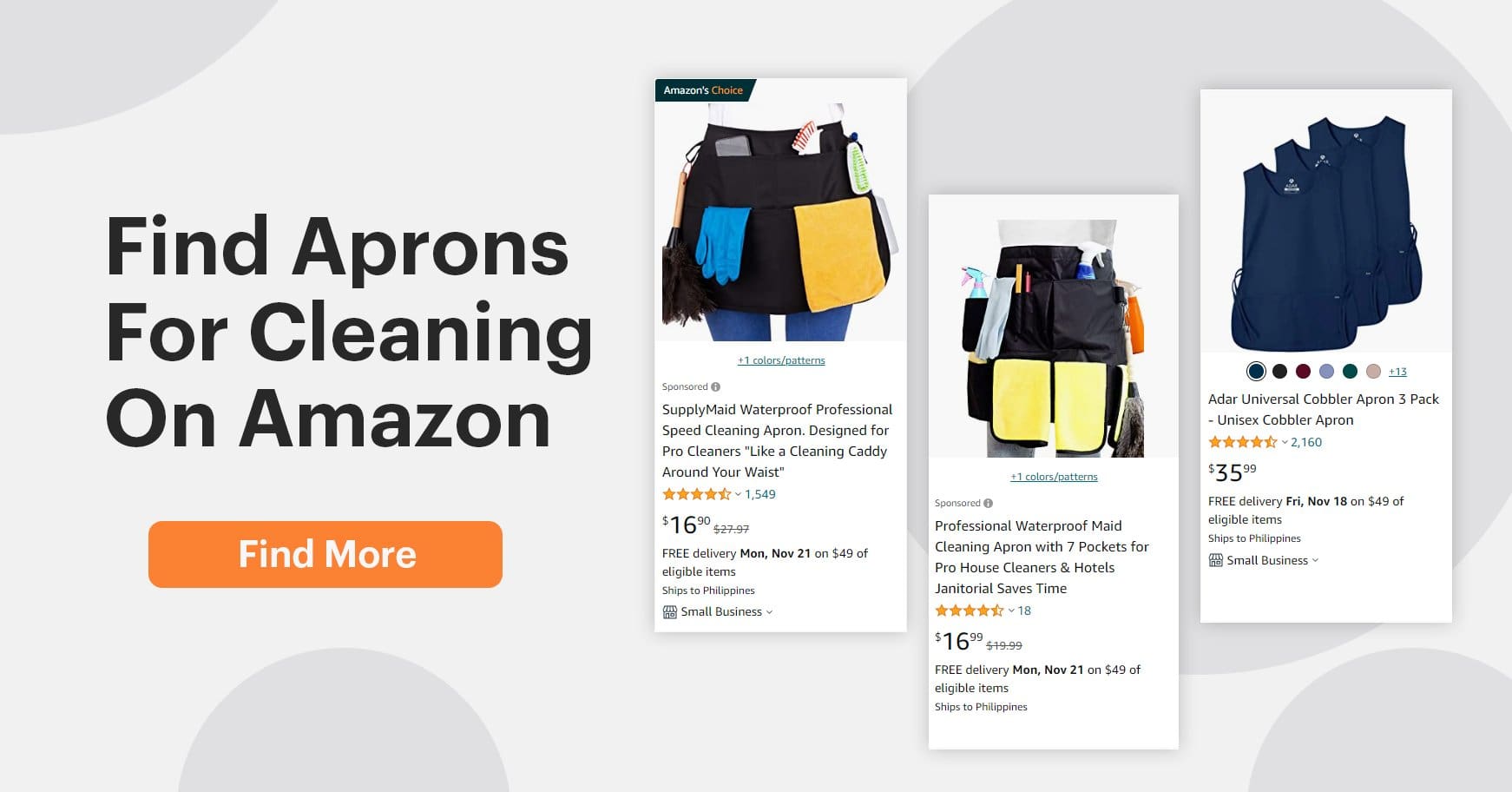 An apron is one of the must have cleaning supplies. There are a ton of options, but you’ll want an apron with at least two pouches to carry your cleaning materials. If you want to get snazzy, buy custom aprons with your cleaning business logo on it.
An apron is one of the must have cleaning supplies. There are a ton of options, but you’ll want an apron with at least two pouches to carry your cleaning materials. If you want to get snazzy, buy custom aprons with your cleaning business logo on it.
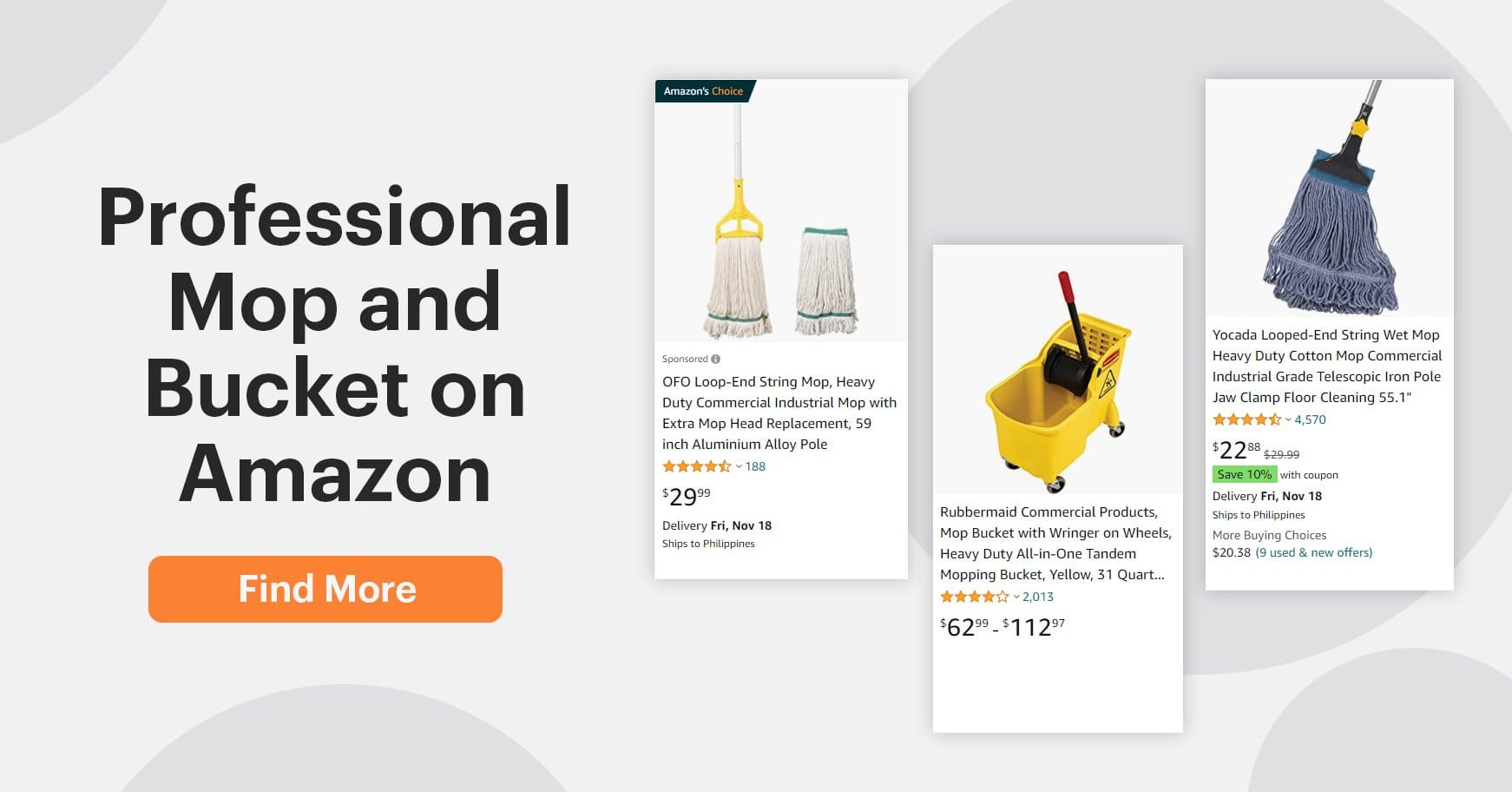 No list of cleaning supplies for cleaning business operations would be complete without a Professional Mop and Bucket. Don’t forget to create a subscription for new mop head refills. House Beautiful has a great list of household cleaning supplies and how often you should replace them. Typically, you’ll want to replace the mop head every ten to fifteen washes.
No list of cleaning supplies for cleaning business operations would be complete without a Professional Mop and Bucket. Don’t forget to create a subscription for new mop head refills. House Beautiful has a great list of household cleaning supplies and how often you should replace them. Typically, you’ll want to replace the mop head every ten to fifteen washes.
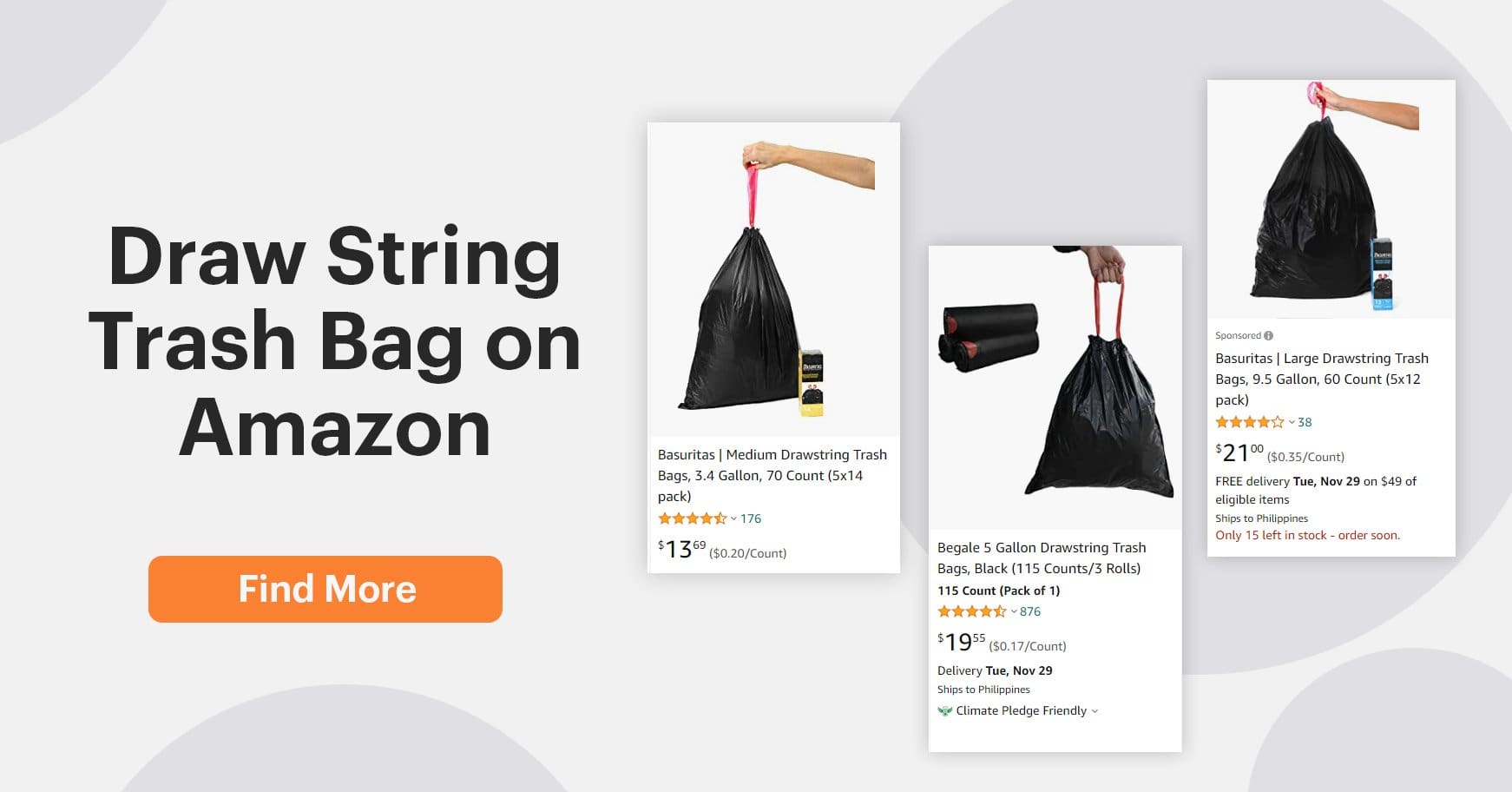 You’ll want bags for dirty rags and trash. Black bags in bulk orders make the most sense for house cleaning companies. Click on the link below to find them on Amazon:
210 Black Trash Bags
You’ll want bags for dirty rags and trash. Black bags in bulk orders make the most sense for house cleaning companies. Click on the link below to find them on Amazon:
210 Black Trash Bags
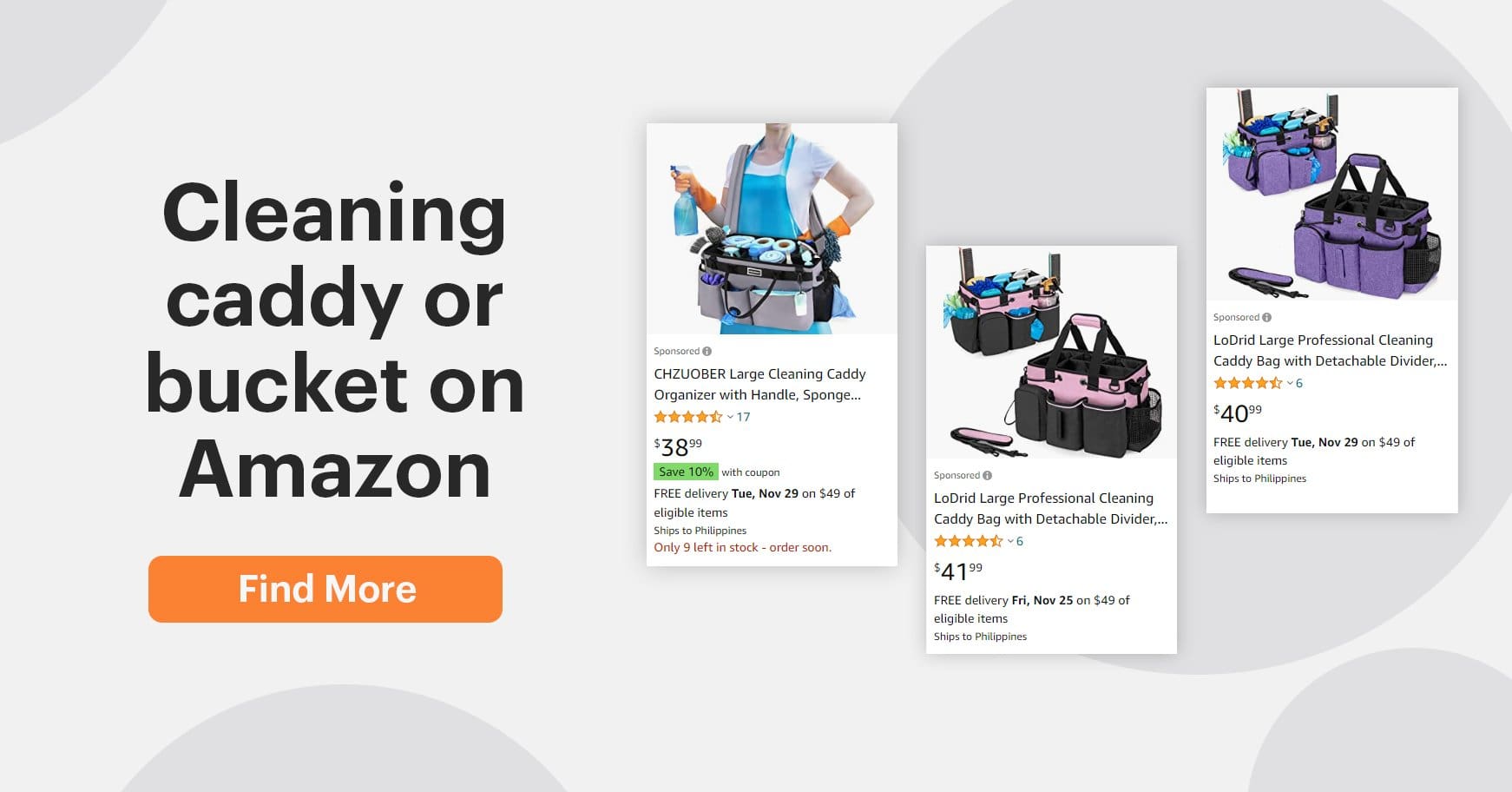 You’ll need something to carry cleaning items that won’t fit in your apron, so a cleaning bucket or caddy should be on your cleaning supply checklist. The link below will take you to the Amazon selections for caddies with wheels. These range from smaller ones for basic cleaners to larger ones that should go on a commercial cleaning supply list. Check them out!
Cleaning Caddies With Wheels
You’ll need something to carry cleaning items that won’t fit in your apron, so a cleaning bucket or caddy should be on your cleaning supply checklist. The link below will take you to the Amazon selections for caddies with wheels. These range from smaller ones for basic cleaners to larger ones that should go on a commercial cleaning supply list. Check them out!
Cleaning Caddies With Wheels
 It’s good enough to clean ducks after oil spills, so it’s safe to use in your house. If you want dish soap that’s sensitive to the skin, Dawn is synonymous with a clean home. Buy it in bulk to save on shipping:
Dawn Dish Soap
It’s good enough to clean ducks after oil spills, so it’s safe to use in your house. If you want dish soap that’s sensitive to the skin, Dawn is synonymous with a clean home. Buy it in bulk to save on shipping:
Dawn Dish Soap
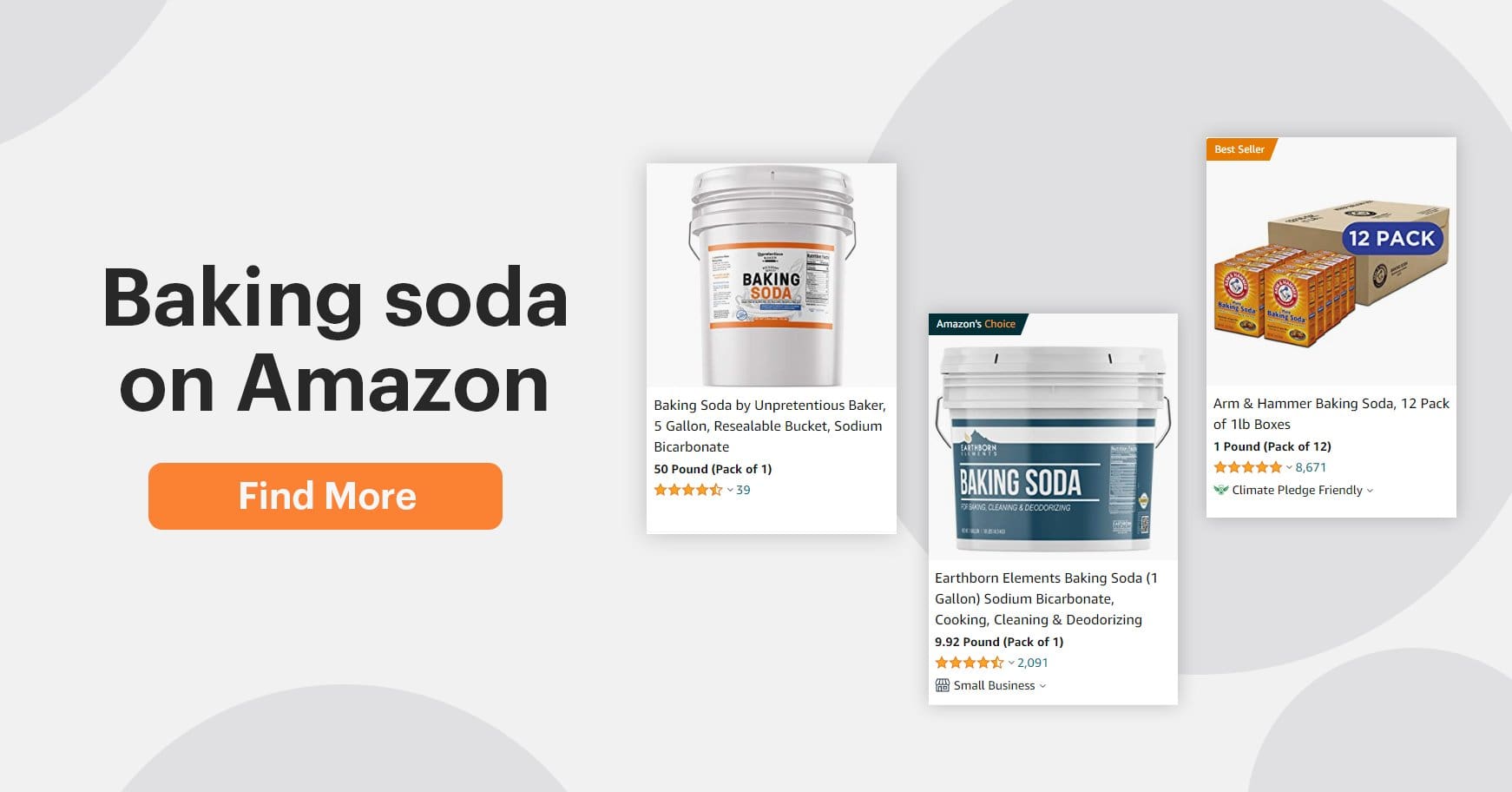 Baking soda works great for deodorizing and cleaning metals. Some of the uses include:
Baking soda works great for deodorizing and cleaning metals. Some of the uses include:
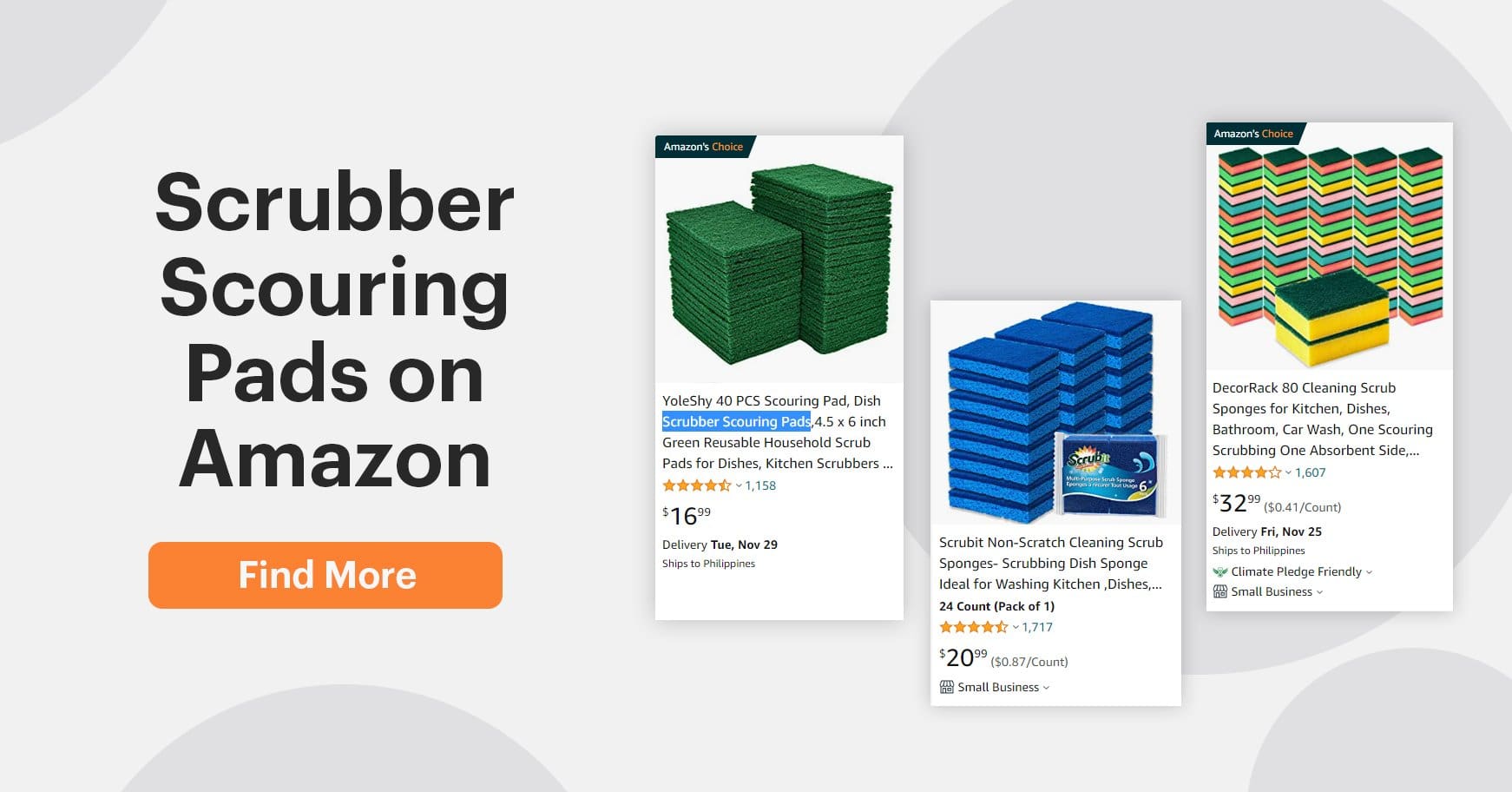 These are great for getting grime off the dishes and appliances. I tend to prefer the sponges where one side is a scrub pad and the other side a normal sponge. You can get an Multicolor Dual-Texture Sponges and have plenty of scrub pads and sponges.
These are great for getting grime off the dishes and appliances. I tend to prefer the sponges where one side is a scrub pad and the other side a normal sponge. You can get an Multicolor Dual-Texture Sponges and have plenty of scrub pads and sponges.
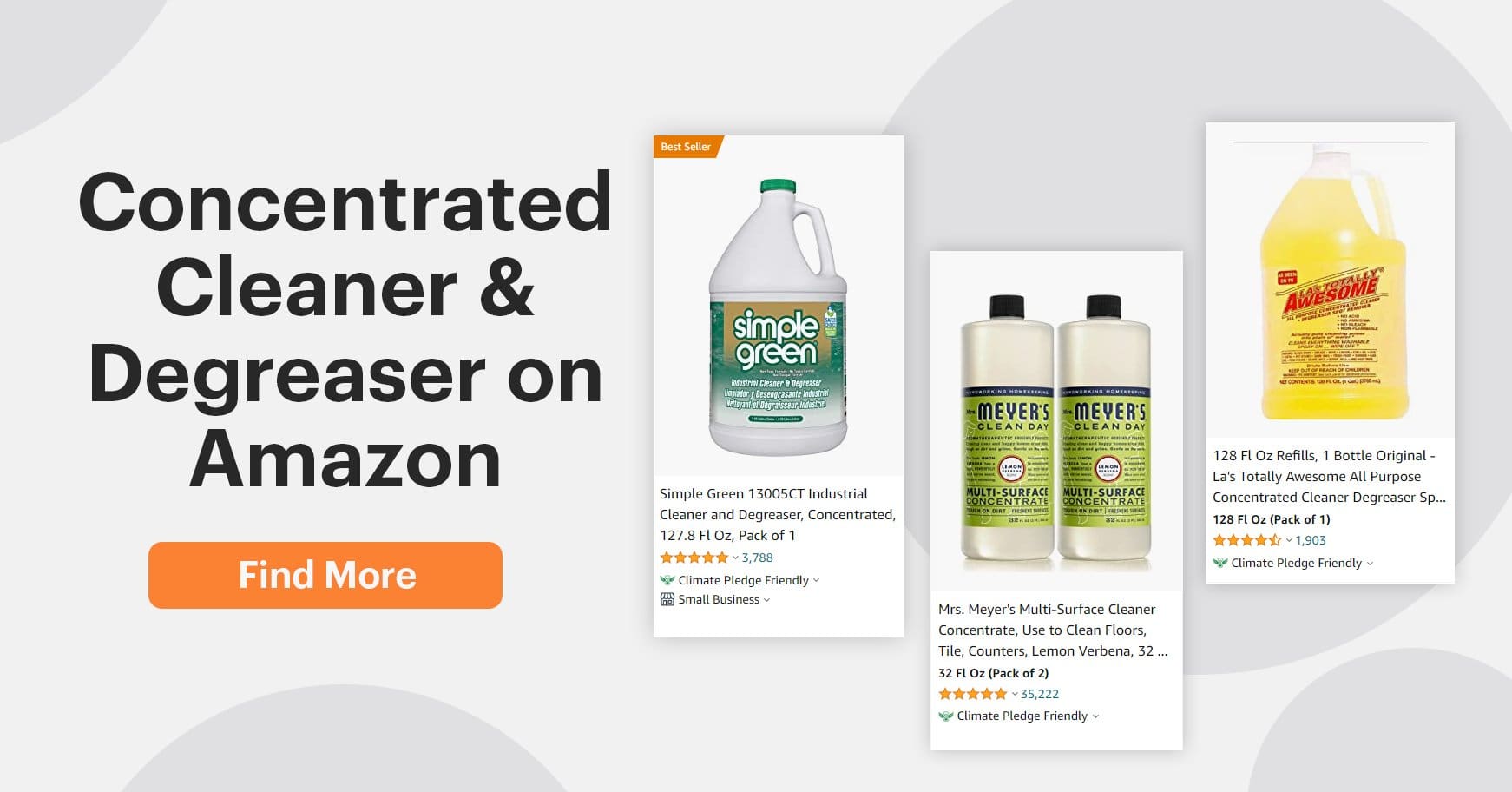 Ovens can get messy if you don’t clean them immediately after you cook. Products that require cooking directly on the rack can drip on the metal and get burnt onto the inside surfaces. You’ll need a degreaser to get them off. This is more of a deep cleaning task, but it makes a difference.
Pro HD Degreaser and Refill
Ovens can get messy if you don’t clean them immediately after you cook. Products that require cooking directly on the rack can drip on the metal and get burnt onto the inside surfaces. You’ll need a degreaser to get them off. This is more of a deep cleaning task, but it makes a difference.
Pro HD Degreaser and Refill
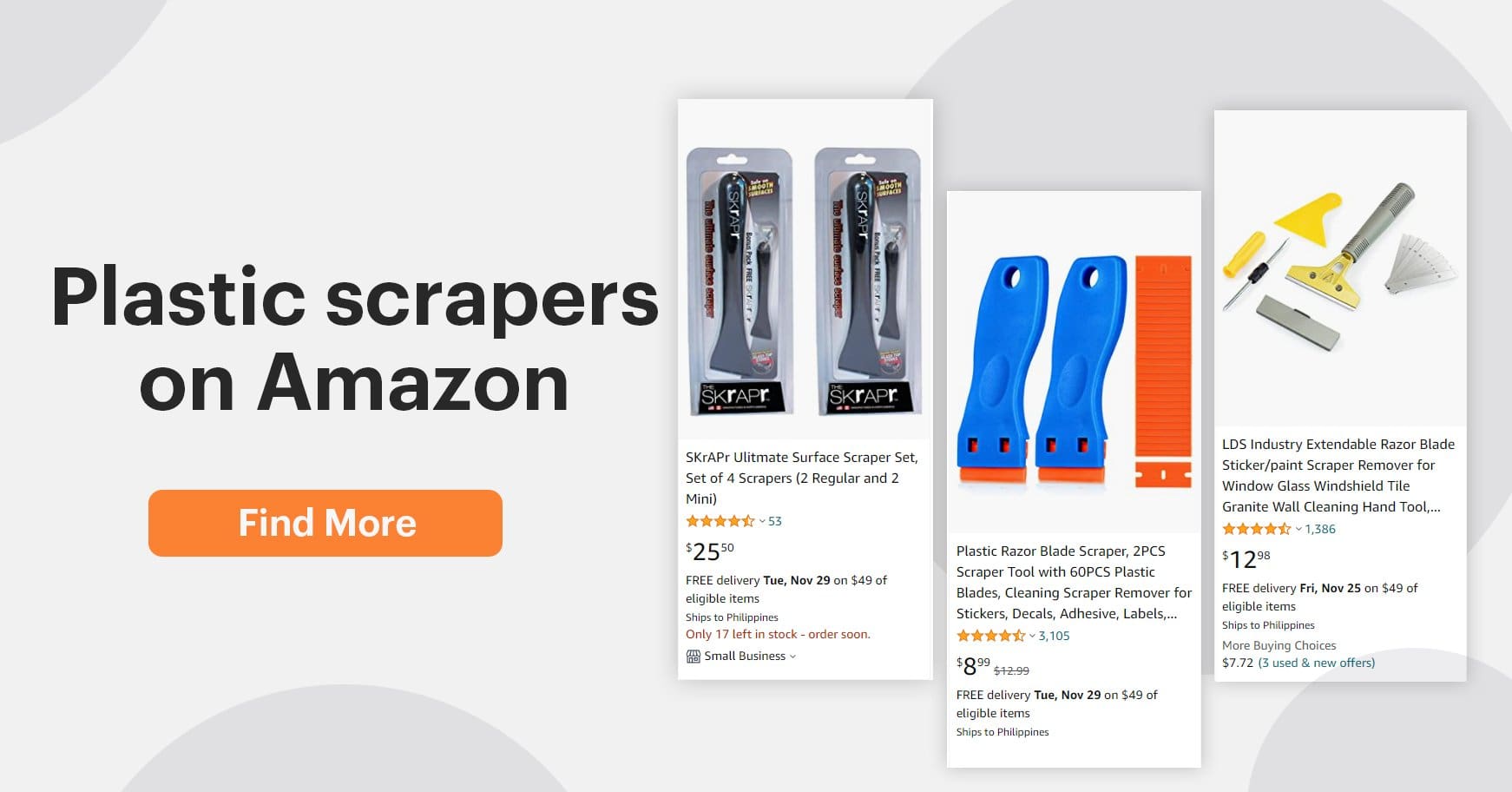 Plastic scraping utensils should be on a household cleaning products list because you’ll need them for cleaning paint or other gunk off walls, counters, and other hard surfaces. There are a few different types of scrapers in housekeeping cleaning supplies, so I provided you with some options.
Plastic scraping utensils should be on a household cleaning products list because you’ll need them for cleaning paint or other gunk off walls, counters, and other hard surfaces. There are a few different types of scrapers in housekeeping cleaning supplies, so I provided you with some options.
 If your cleaning business offers dishwashing services, you might want to have Lemon Scented Cascade Dishwasher Pods on your cleaning supplies list.
Next, let’s look at cleaning supplies for house and office restrooms.
If your cleaning business offers dishwashing services, you might want to have Lemon Scented Cascade Dishwasher Pods on your cleaning supplies list.
Next, let’s look at cleaning supplies for house and office restrooms.
 Another house cleaning supply you’ll need is a plunger and toilet bowl cleaner. The ones below are available separately or together in black or white and are super stylish. They are also magnetic and have a patented brush formation for easier cleaning.
SimpleHuman Toilet Brush and Plunger
Another house cleaning supply you’ll need is a plunger and toilet bowl cleaner. The ones below are available separately or together in black or white and are super stylish. They are also magnetic and have a patented brush formation for easier cleaning.
SimpleHuman Toilet Brush and Plunger
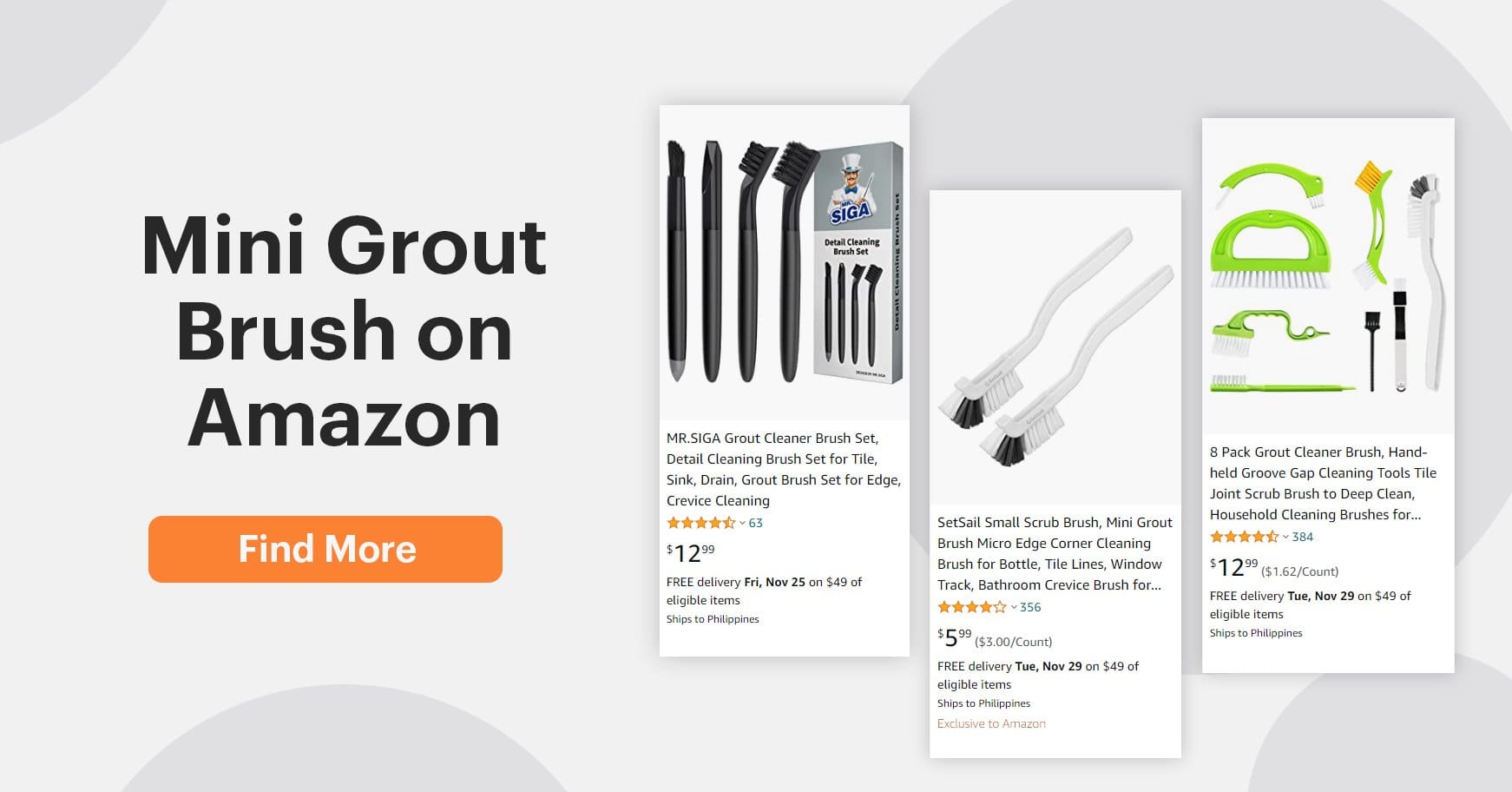 Grout is commonly overlooked when people and businesses clean homes. Add a mini grout cleaning brush to your housekeeper supplies to make your customers’ bathrooms sparkle. Consider these Professional Grout Brush Options available on Amazon.
Grout is commonly overlooked when people and businesses clean homes. Add a mini grout cleaning brush to your housekeeper supplies to make your customers’ bathrooms sparkle. Consider these Professional Grout Brush Options available on Amazon.
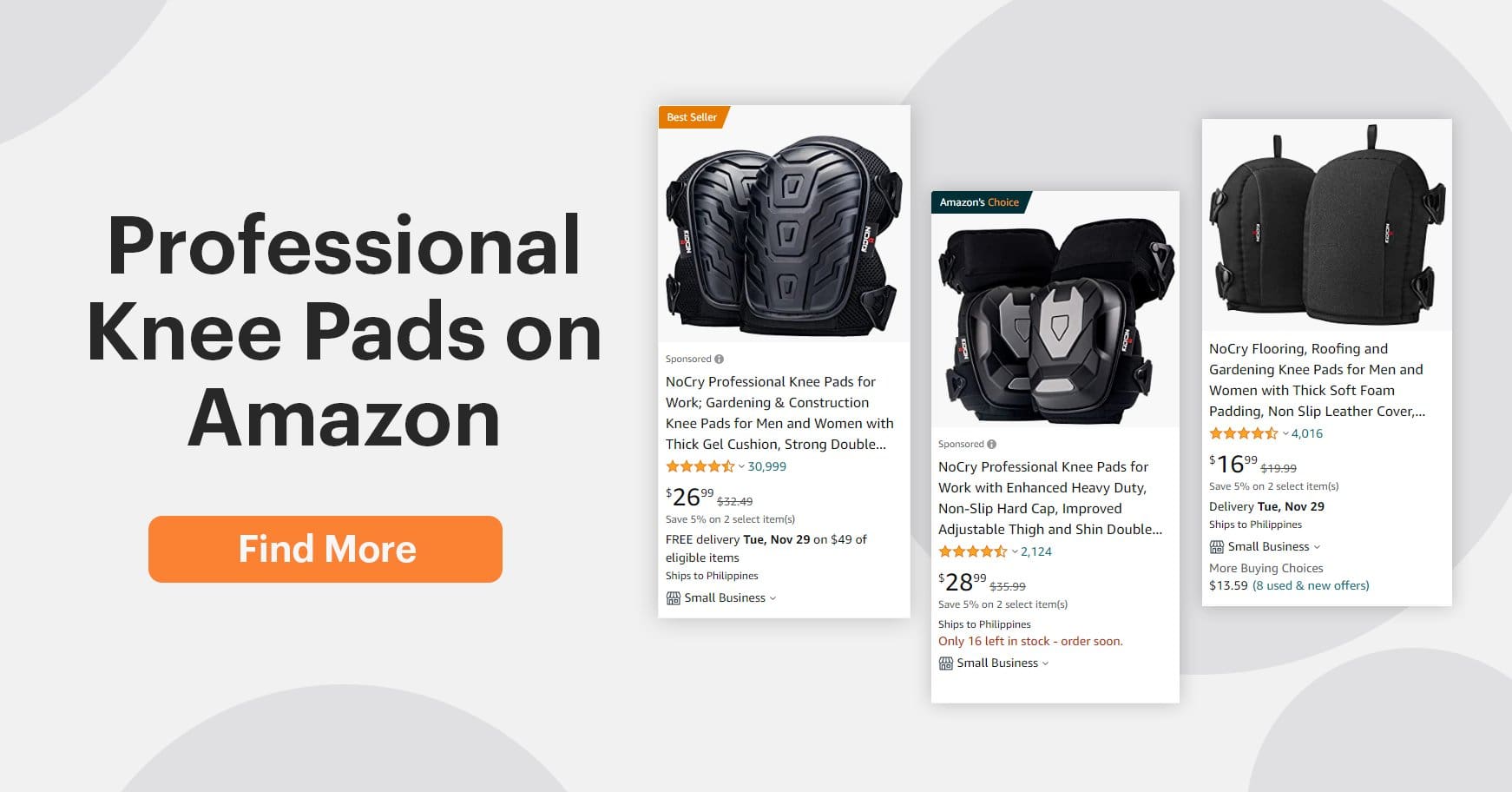 I know it sounds weird to suggest knee pads for a house cleaning supply list. If you spend time on your knees cleaning toilets, tubs, or other places that are hard to get to, NoCry Professional Knee Pads should be cleaning supplies must-haves. Your future self will thank you for wearing them.
Next, we’ll provide a list of household supplies for bedrooms.
I know it sounds weird to suggest knee pads for a house cleaning supply list. If you spend time on your knees cleaning toilets, tubs, or other places that are hard to get to, NoCry Professional Knee Pads should be cleaning supplies must-haves. Your future self will thank you for wearing them.
Next, we’ll provide a list of household supplies for bedrooms.
 Inbox
Inbox 
Learn from business failures and successes in 5 min or less. The stories, frameworks, and tactics that will make you a 10x better founder.
 Join our 45,000+ entrepreneurs
Join our 45,000+ entrepreneurs